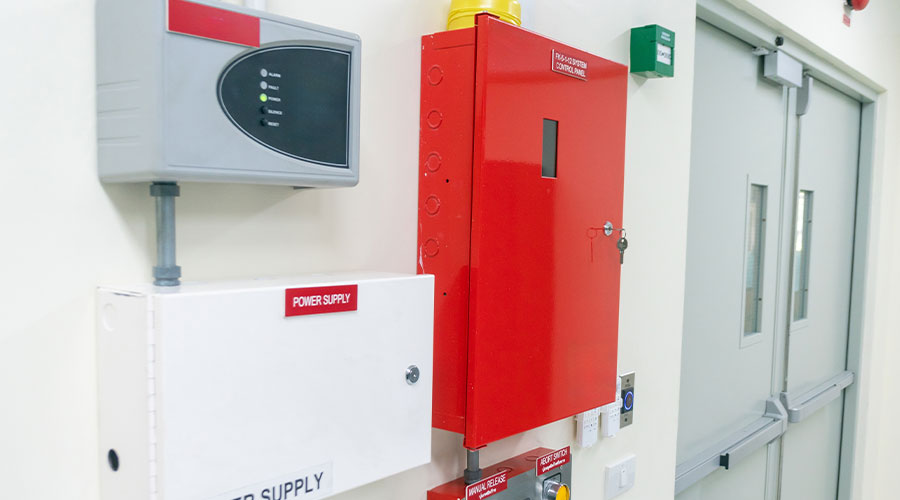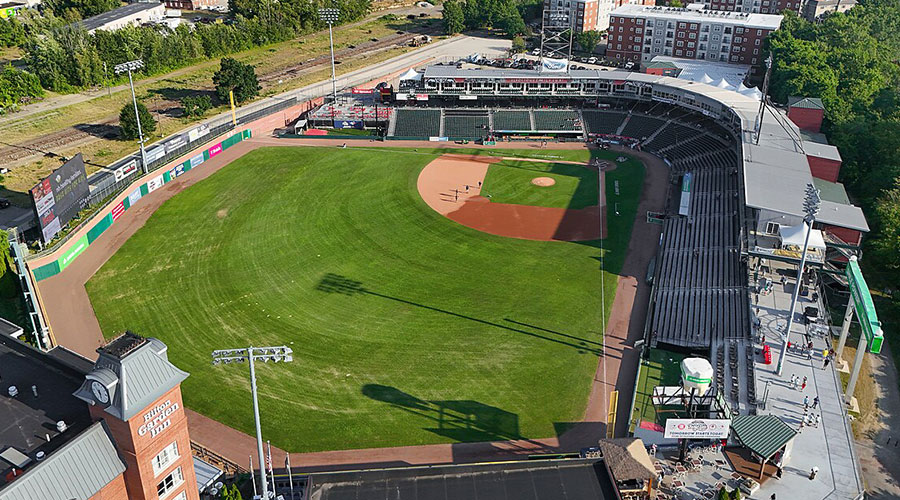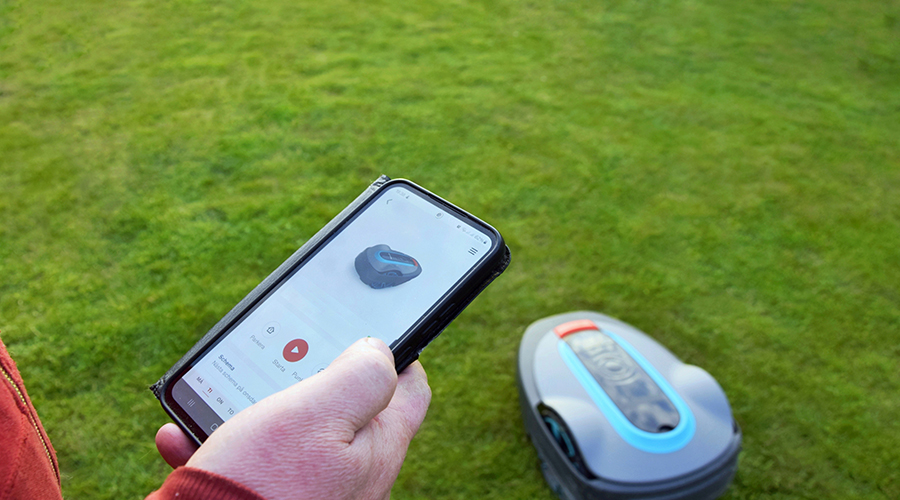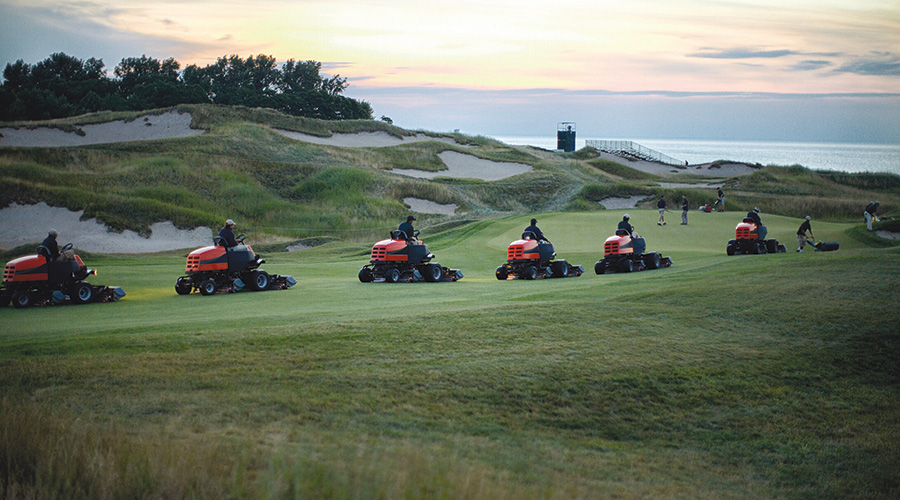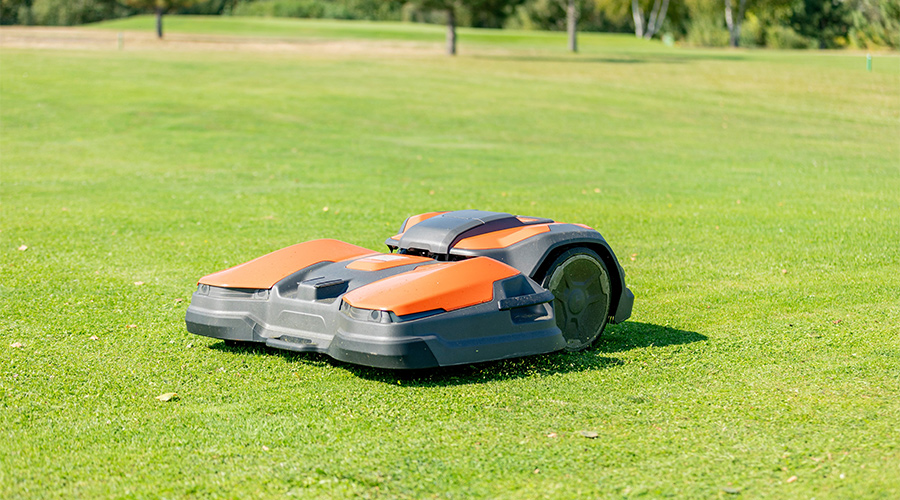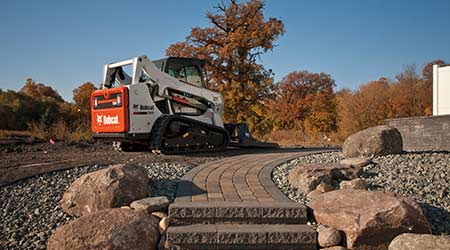 Light construction equipment, including skidsteer loaders, expand the capabilities of grounds departments undertaking upgrades and improvements to landscapes.
Light construction equipment, including skidsteer loaders, expand the capabilities of grounds departments undertaking upgrades and improvements to landscapes.Avoiding Light Construction Equipment Rental Mistakes
Successful projects call for managers to understand equipment features and functions, as well as effective safety training
Maintenance departments regularly rent a range of equipment and tools to complete projects more quickly and efficiently. In some cases, managers face the question of whether to continue renting a piece of equipment to buy one.
Generally, the more frequently the department uses equipment and the more versatile it is, the more beneficial it is to buy. Clearly, the greater the range of features and functions the equipment performs, the more frequently technicians will need it and the greater the justification for buying. Until that point arrives, managers will continue to rent, so the issue becomes making smart rental decisions. For commonly rented equipment, here are rental mistakes to avoid.
Lifts. One common mistake is selecting the wrong lift or accessories, which can cause delays, damage, injury and even death. To avoid this mistake, managers need to check site conditions, make sure the unit is properly sized and maintained, and match equipment accessories to the work.
A lift that is too big for the worksite can result in accidents, such as the boom striking external objects or being unable to navigate. A lift that is too small or does not have enough reach causes the worker to reach too far or work outside the platform. This can lead to delays or falls, as will using a scissor lift where a boom lift is required.
Power equipment. Improper sizing also can cause problems when renting generators and other power equipment. Managers should review a year’s electricity bills to understand peak demand needs. Also, a clamp-on ammeter can measure loads, and smart meters give quick access to load history.
Proper sizing should account for situations when running and startup kilowatts (kW) are needed at the same time. Add the running loads to the startup kW of the largest load the generator needs to handle. Step-starting the power system requires fewer kW at a lower cost and meets both starting and running load requirements.
Specialized equipment. Technicians use a range of specialized maintenance tools and equipment, including utility vehicles, concrete mixers, rollers, tampers, post hole diggers, chain saws, chipping hammers, concrete breakers, compressors, and welders.
One common rental mistake involves dull or improperly attached accessories — hoses, cables, tools, blades, and points — breaking or flying off and causing a loss of control, injury, and damage. Technicians should never operate power equipment without securely attaching accessories, and they must use proper, working locking devices and required safety devices.
-Thomas A. Westerkamp
Related Topics:






